Long Awaited Abolitionist Place Park Takes Shape in Downtown Brooklyn
Play equipment is going in and landscaping and hardscaping are under way at Downtown Brooklyn’s Abolitionist Place park, a site with a long and convoluted history of controversy.

Play equipment at Abolitionist Place park. Photo by Susan De Vries
Play equipment is going in and landscaping and hardscaping are under way at Downtown Brooklyn’s Abolitionist Place park, a site with a long and convoluted history of controversy.
When Brownstoner stopped by Wednesday, a jungle gym had been installed near the center of the plot and light poles were in place. Concrete paving and stone edging were going in, and excavators and other equipment were on the lot.
Once complete, the 1.15-acre park – bordered by Duffield and Willoughby streets and Albee Square West – will include the new play area, green space, seating areas, public art, and a fenced dog run. A permanent public art installation is planned to honor the area’s abolitionist past.
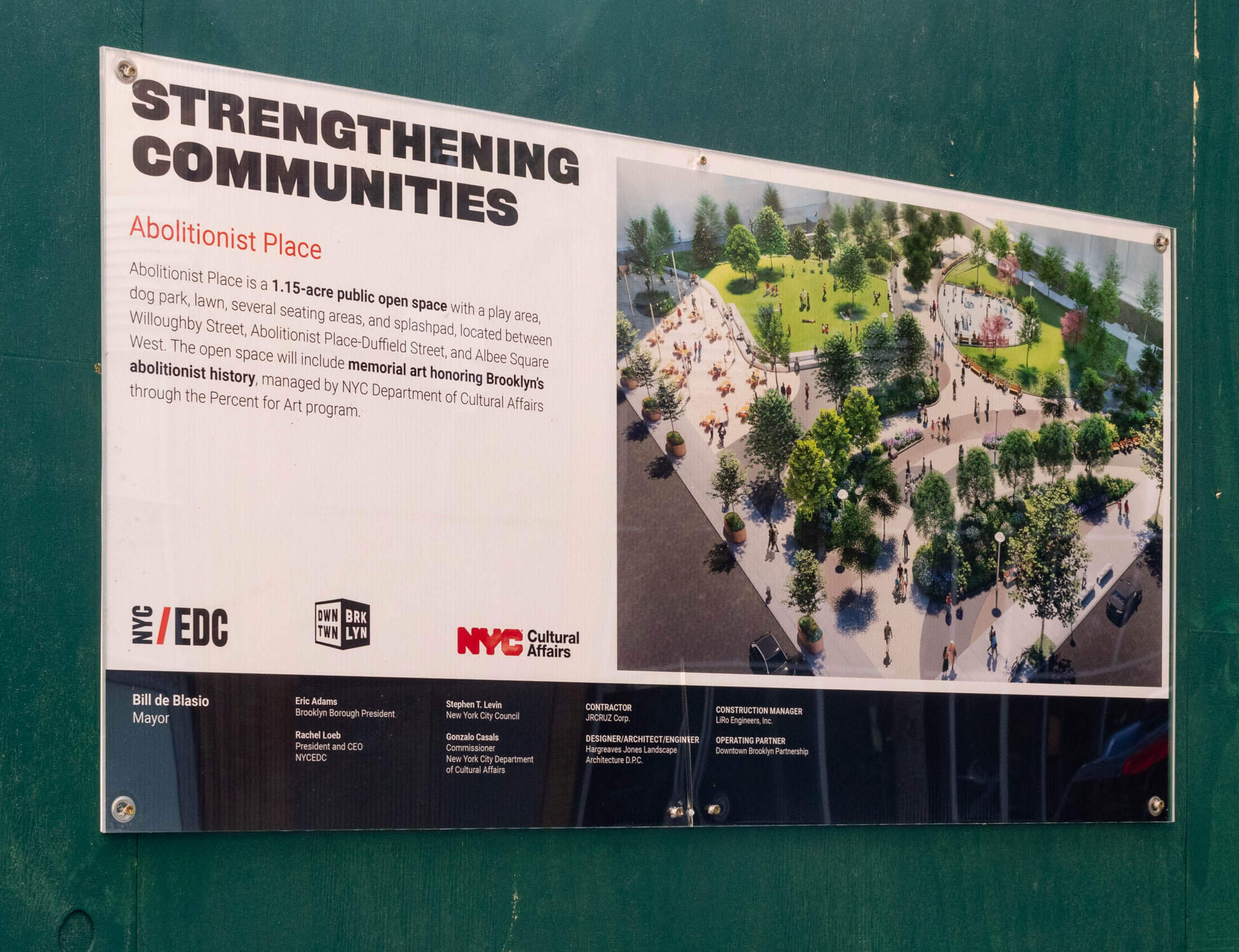
A spokesperson for the NYC Economic Development Corporation, the agency overseeing the park’s development, told Brownstoner the park should be complete and open to the public in early 2024, and said it is on track to remain within its $15 million budget.
Bliss Green-Morehead, spokesperson for city’s Department of Cultural Affairs, said the installation of the artwork at the park is on a different timeline than the park, “but we continue to move forward with the plan to provide the park with a public artwork that allows the community to engage with the neighborhood’s abolitionist history.”
Work on the park is a long time coming and follows controversy going back to at least 2004 when the city rezoned Downtown Brooklyn as part of its Downtown Brooklyn Plan. Using eminent domain, the city seized and demolished private houses associated with the 19th century abolitionist movement and Underground Railroad to make way for new privately developed towers and a public park named Willoughby Square over a high-tech underground parking garage. The Willoughby Square and parking project never came to pass, and eventually became what is now the under-construction Abolitionist Place park, whose name nods to the area’s abolitionist past.
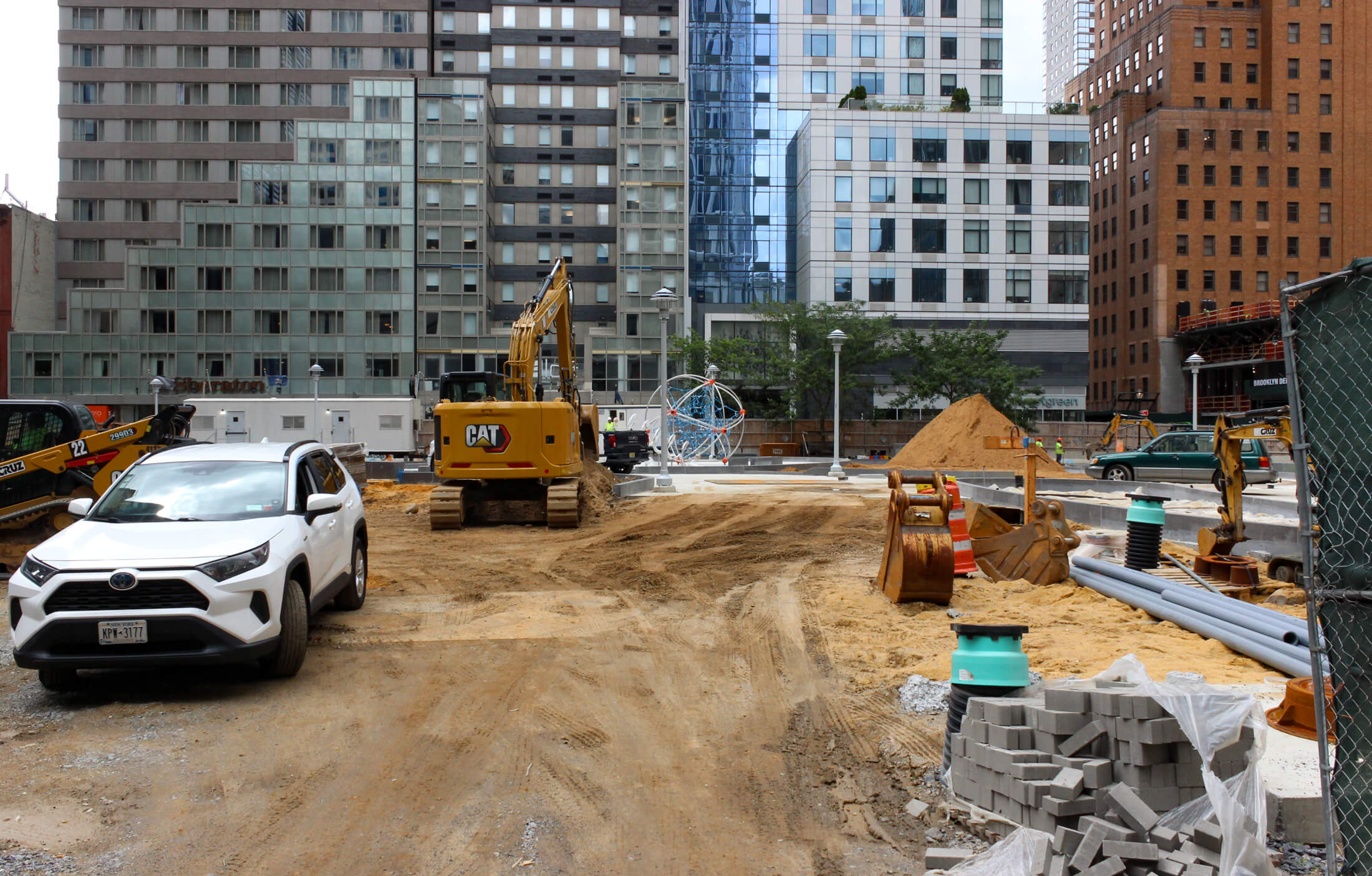
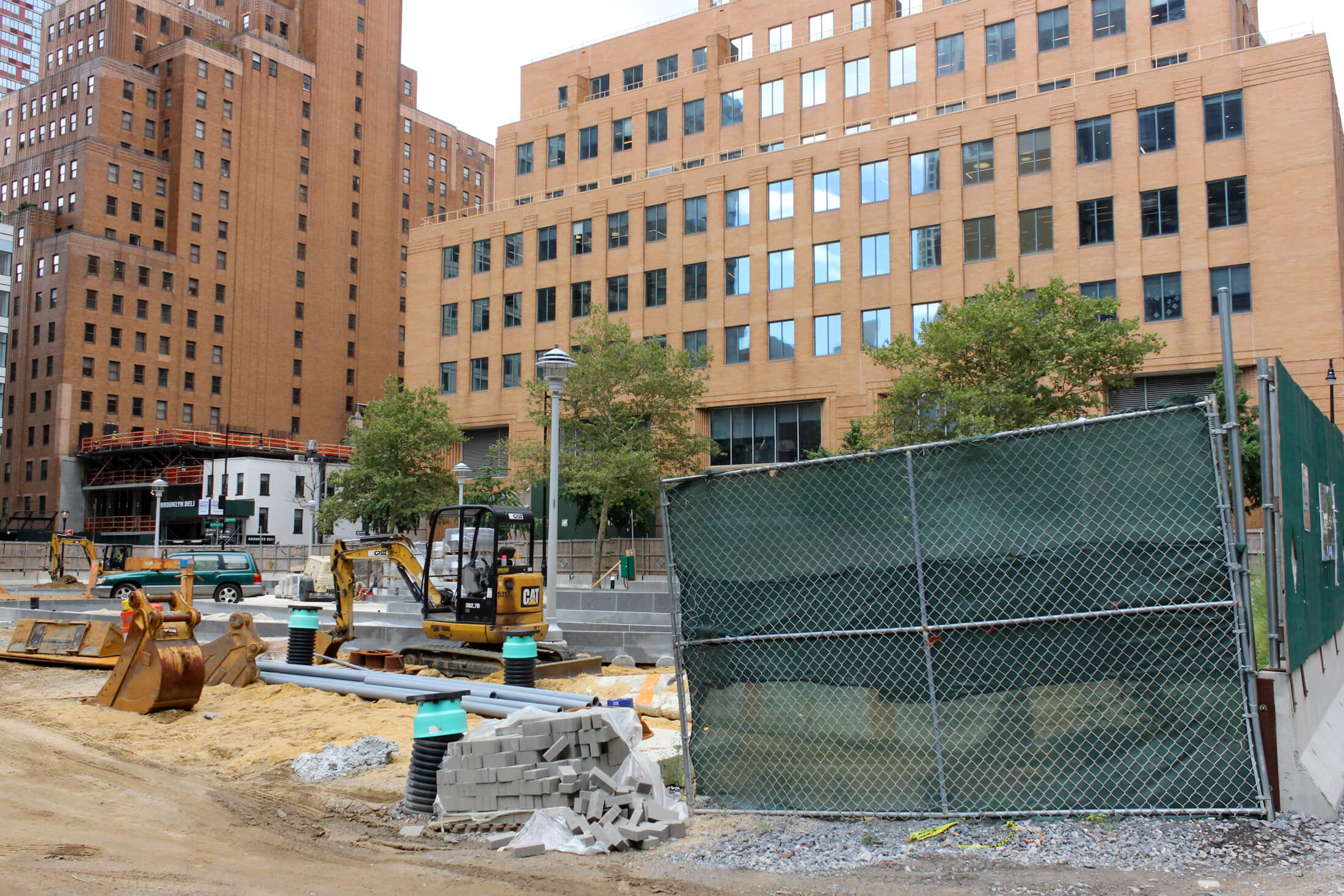
More recently, the park has been the subject of a lawsuit and protests from local activists who hope to turn the city-owned landmark next door, the Harriet and Thomas Truesdell House at 227 Duffield St-Abolitionist Place, into a heritage center.
In 2022, a judge dismissed a suit filed in New York County State Supreme Court seeking to overturn the NYC Economic Development Corporation’s decision to approve the park’s artwork by artist Kameelah Janan Rasheed, on the grounds that the agency’s approval had not yet been final. NYC Freedom Trail Foundation, the nonprofit group that filed the suit, is appealing the decision.
Local groups Friends of Abolitionist Place and Sisters of Freedom say the park and house should be connected to create a wider commemorative and cultural destination that explores the area’s rich abolitionist history. They have long advocated for the inclusion in the park of a sculpture honoring local abolitionist women such as Sarah J. Garnet.
A heritage center would celebrate “Brooklyn’s deep seated legacy of Black liberation that unifies the people across racial and socioeconomic status,” and they are working with other groups doing similar work across the city to “build organizational capacity,” FAB member Tricia Ben-Davies told Brownstoner.
“At the same time, we want to make sure that we recognize how oppression and exploitation are still happening. We will develop programming for the Abolition Heritage Center that educates and addresses both the visible and invisible effects of gentrification in Downtown Brooklyn.”
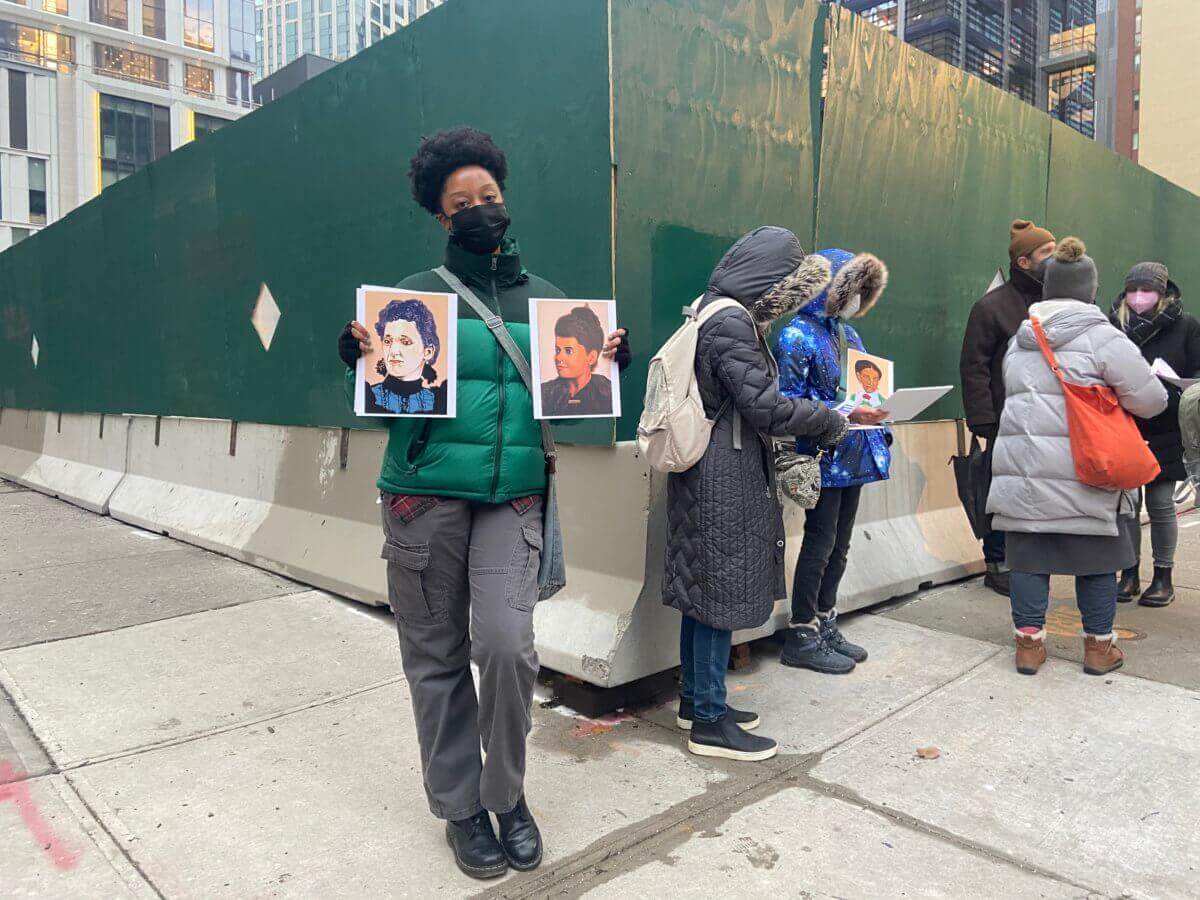
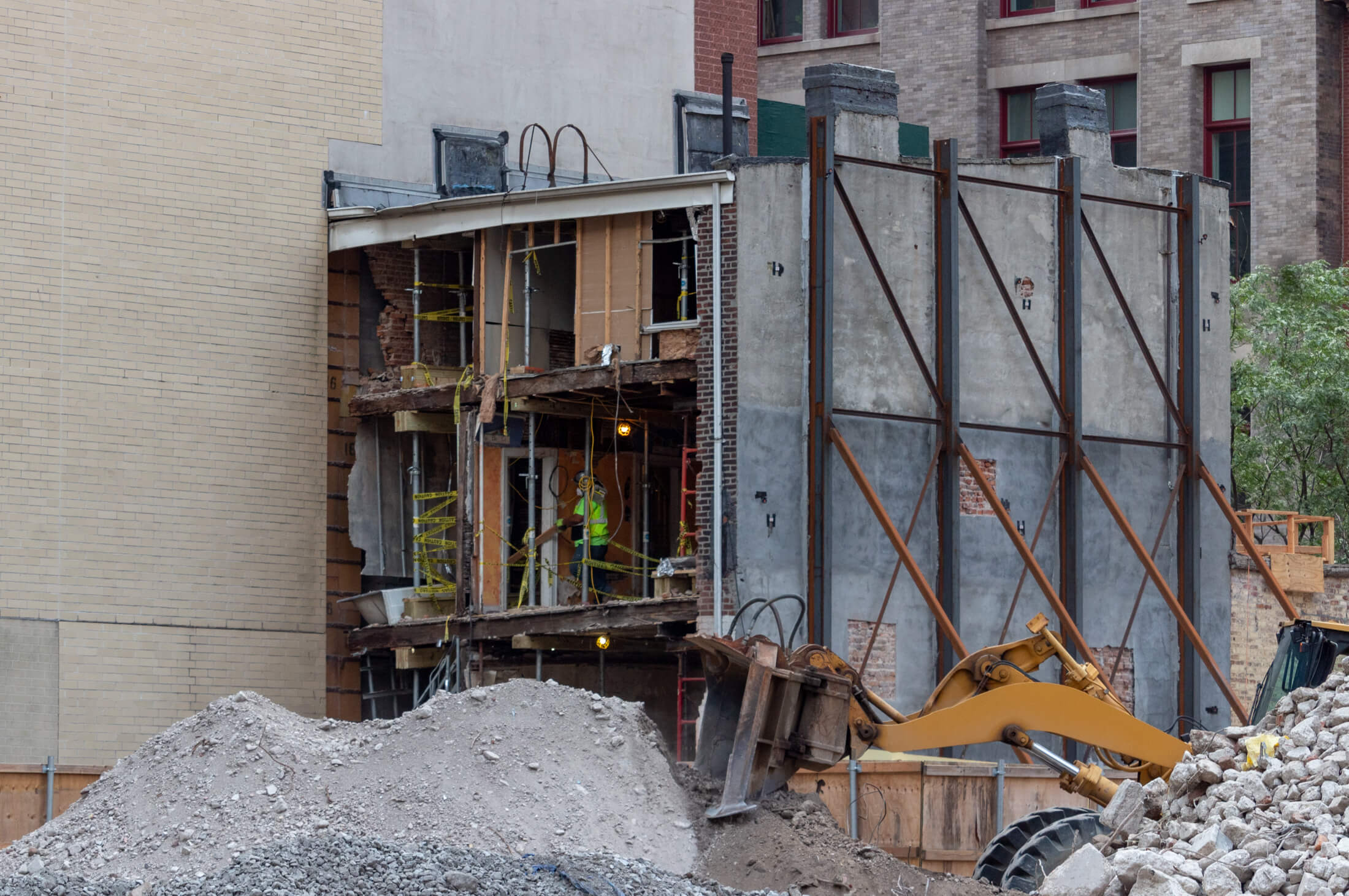
Ben-Davies said that during the recent stabilization process of 227 Duffield St-Abolitionist Place, Friends of Abolitionist Place was told by a rep for the city that the Door to Freedom had been “unintentionally discarded” during the debris clean-out phase.
“While the news is deeply unfortunate, we are not at all surprised as this is what happens when the most key stakeholder – the community – is kept out of the process in ways that truly include the people most impacted by the work,” Ben-Davies said. The group is trying to gain access from the city to do a walk-through now that stabilization work is complete.
The Door to Freedom refers to rumors that the 19th century house contained an old door in its cellar leading to a tunnel to other Duffield Street houses on the Underground Railroad. Historically, an Underground Railroad stop would not have a tunnel, and the claims were investigated by a city-led 2007 report that affirmed the house was occupied by known abolitionists and in an area with Underground Railroad activity. The report found only an ordinary arched hearth support, ventilation shaft, and coal chute and said no tunnels existed between the Duffield Street houses.
When asked about the Door to Freedom, the NYC Department of Design and Construction told Brownstoner only that the stabilization is complete and the agency is no longer involved with the building.
Ben-Davies said, in regards to the park, EDC should further engage in “authentic public dialogue” that allows the public more participation in the development process. “While we commend their sense of urgency to complete the work at the park, it has been at the expense of clear communication and transparency.”
Related Stories
- Amid Controversy, Artist Starts Public Process for Art at Downtown Brooklyn’s Abolitionist Place park
- Artist Selected for Abolitionist-Inspired Installation at Downtown Brooklyn’s Willoughby Square Park
- LPC Votes Unanimously to Designate Downtown Brooklyn Abolitionist Home as Historic Landmark
Email tips@brownstoner.com with further comments, questions or tips. Follow Brownstoner on Twitter and Instagram, and like us on Facebook.





What's Your Take? Leave a Comment